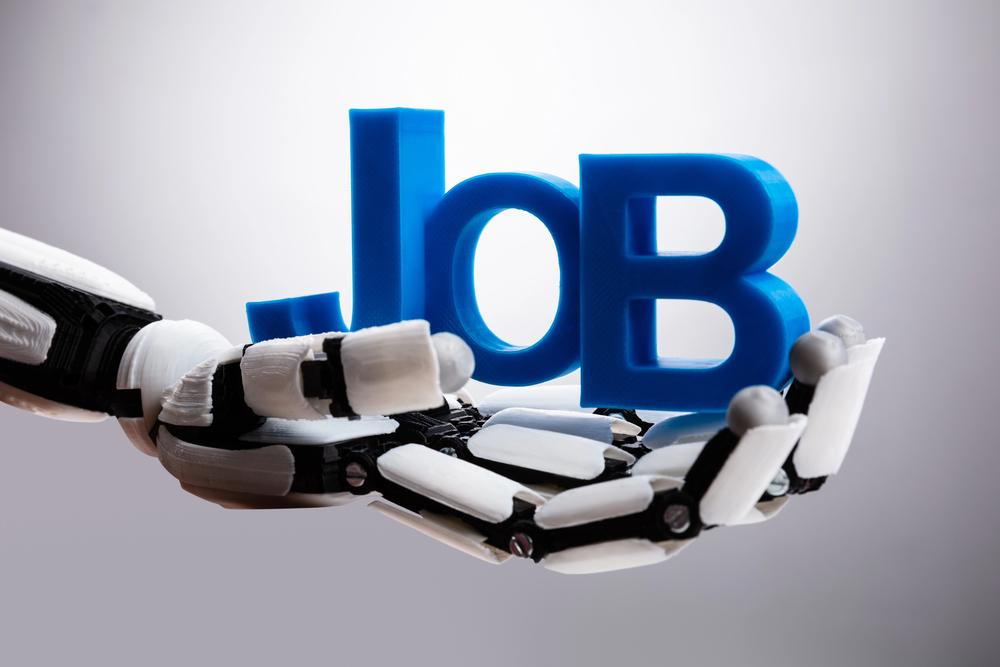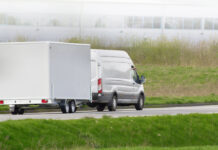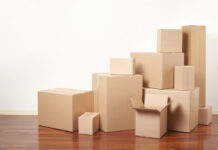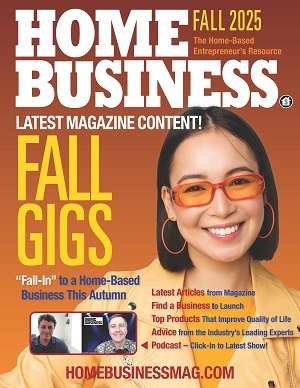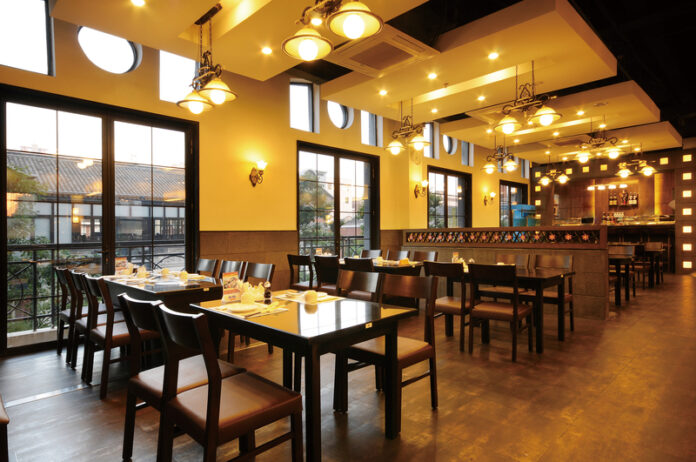
In a busy restaurant, seconds matter. The wrong piece of equipment can slow service, drain profits, and frustrate both staff and customers. From prep to plating, every task depends on tools that work as hard as your team. Poor equipment choices create bottlenecks, increase costs, and cause inconsistent results. In this guide, we’ll explore how smart, experience-based equipment decisions can transform your kitchen’s speed, workflow, and overall performance.
Commercial kitchen equipment refers to the specialized tools, appliances, and fixtures used in professional foodservice settings to prepare, cook, store, and serve food efficiently and safely.
Why Does Commercial Equipment Matter So Much for Restaurant Efficiency?
The right equipment does more than cook food — it sets the pace for your entire operation. A properly chosen and maintained setup helps you turn orders faster, reduce energy waste, and keep quality consistent. It also reduces the risk of safety incidents and costly breakdowns.
Key factors that impact efficiency include:
- Preparation time and ease of use
- Cooking capacity and speed
- Energy consumption and heat output
- Frequency and cost of maintenance
- Durability under peak loads
How Do Equipment Choices Affect Kitchen Workflow?
Workflow isn’t just about where you put your counters — it’s about how equipment shapes movement, timing, and coordination. A grill that’s too small for peak orders forces backups. A poorly placed dishwasher disrupts the plating line. The goal is to match equipment capabilities to your menu, staff size, and service style.
Common workflow issues caused by poor equipment selection include:
- Bottlenecks at single-use stations
- Excess walking between prep, cooking, and plating
- Overcrowded work areas during peak hours
- Frequent stoppages for cleaning or cooldowns
What Are the Core Categories of Commercial Kitchen Equipment?
Every kitchen relies on a mix of essential categories, each playing a role in efficiency:
- Cooking equipment
- Refrigeration and freezing
- Food prep tools
- Beverage equipment
- Dishwashing and cleaning
- Storage and shelving
How to Choose the Right Cooking Equipment for Your Menu and Volume
Your menu determines your equipment needs. A high-volume pizzeria needs ovens with fast recovery times, while a small bistro might prioritize multi-function cooktops.
Factors to consider:
- BTU rating and heat control precision
- Multi-functionality to save space
- Size and footprint in your layout
- Recovery time between uses
- Energy efficiency ratings
Ovens — Which Type Works Best for Your Needs?
- Convection ovens – Even cooking, faster bake times; may dry out delicate items.
- Combi ovens – Versatile steam and dry heat; higher cost.
- Deck ovens – Ideal for pizza and artisan bread; slower preheat.
- Conveyor ovens – Consistent, high-volume output; limited versatility.
- Wood-fired ovens – Adds unique flavor; slower and space-intensive.
Grills, Griddles, and Ranges — How Do They Impact Cooking Speed?
A flat-top griddle may handle multiple items at once but lacks the sear of a charbroiler. Gas ranges heat quickly and allow instant temperature changes, while electric units offer more even heat but slower recovery.
Fryers — What Features Improve Turnaround Time?
High-capacity fryers with quick recovery keep output steady during rushes. Built-in filtration systems extend oil life and reduce downtime between batches.
How Important Is Refrigeration in Maintaining Efficiency?
Cold storage is as critical as cooking equipment. Consistent temperature control ensures food safety, speeds prep, and keeps ingredients accessible.
Walk-In vs. Reach-In Refrigerators — Which Should You Choose?
- Walk-in – High capacity, better for bulk storage; higher initial cost.
- Reach-in – Accessible for line cooks; limited space.
Freezers — How Do You Prevent Bottlenecks in Frozen Storage?
Organize by product type and frequency of use. Use quick-access chest or undercounter freezers to avoid slowing the line.
What Small Appliances Can Make a Big Difference in Speed?
Small tools often save the most time:
- Mixers – Faster doughs and batters
- Blenders – Quick sauces and smoothies
- Slicers – Consistent portioning
- Food processors – Rapid chopping and pureeing
What Role Does Beverage Equipment Play in Service Efficiency?
Coffee machines, ice makers, and soda dispensers can make or break drink service during peak hours. Reliable units prevent long waits and reduce staff strain.
How Can Dishwashing Equipment Reduce Downtime?
- Undercounter washers – Compact, lower volume; ideal for bars or small cafés.
- Conveyor washers – High throughput, faster turnover; higher water use.
What Are the Main Factors to Consider Before Buying Commercial Equipment?
- Space constraints and layout
- Energy usage and operating costs
- Staff skill level for operation
- Maintenance and cleaning requirements
- Compliance with health and safety codes
- Warranty coverage and service availability
Should You Buy, Lease, or Finance Your Equipment?
Buying offers long-term savings, leasing spreads costs with flexibility, and financing balances upfront affordability with ownership benefits.
How Do You Match Equipment to Kitchen Layout?
Place high-use items near related stations. Avoid cross-traffic that causes delays.
Layout optimization tips:
- Keep prep areas close to cooking stations
- Separate raw and cooked product zones
- Position dishwashing away from plating lines
What Are the Hidden Costs of the Wrong Equipment?
Inefficient tools cost more than their price tag — expect downtime, higher energy bills, extra maintenance, and even lost customers from slow service.
How Do Energy-Efficient Models Boost Productivity?
- Lower heat output improves kitchen comfort
- Faster cooking with advanced tech
- Reduced utility costs free budget for upgrades
- Less strain on ventilation systems
How Often Should You Maintain and Calibrate Commercial Equipment?
- Weekly cleaning of key surfaces and components
- Monthly calibration for temperature-critical gear
- Quarterly deep-clean and inspection by service tech
What Safety Considerations Should You Keep in Mind?
- Check electrical cords and gas connections
- Train staff on emergency shut-offs
- Maintain clear walkways to avoid burns or slips
What’s the ROI Timeline for New Equipment Investments?
Calculate payback by comparing cost savings (energy, labor, faster service) against purchase price. Many models pay for themselves in 12–24 months.
Step-by-Step: How to Audit Your Current Equipment for Efficiency Gaps
- Track downtime events
- Measure energy usage over a week
- Assess repair frequency and costs
- Evaluate prep and cooking times during peak
What Are the Best Practices for Training Staff on New Equipment?
- Hands-on practice sessions
- Manufacturer-led demos
- Quick-reference guides posted near stations
- Regular skill refreshers
What Are the Alternatives if You Can’t Afford Top-Tier Equipment Right Now?
- Refurbished units from reputable suppliers
- Leasing with maintenance included
- Phased upgrades based on ROI
- Outsourcing specific prep to commissary kitchens
Conclusion
Your equipment choices set the tone for your restaurant’s performance. Investing wisely doesn’t just make the kitchen faster — it keeps quality high, staff happier, and customers coming back. Regularly reviewing and upgrading your tools ensures your efficiency grows alongside your business.
Find a Home-Based Business to Start-Up >>> Hundreds of Business Listings.

